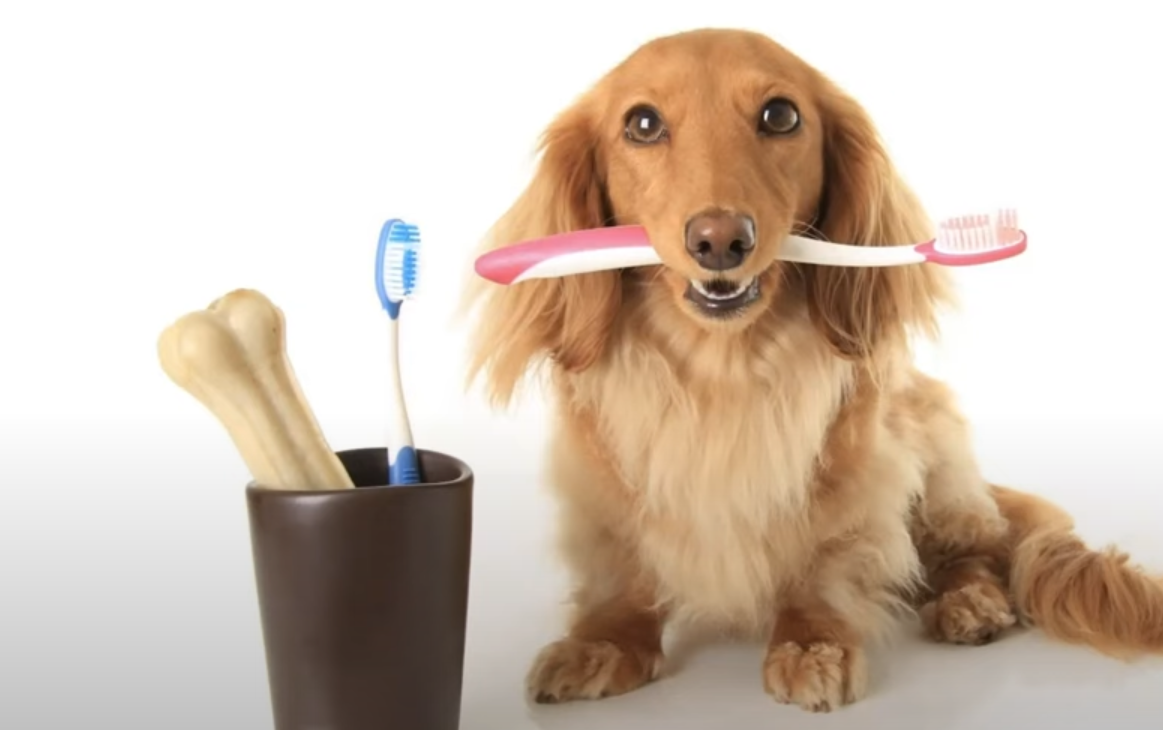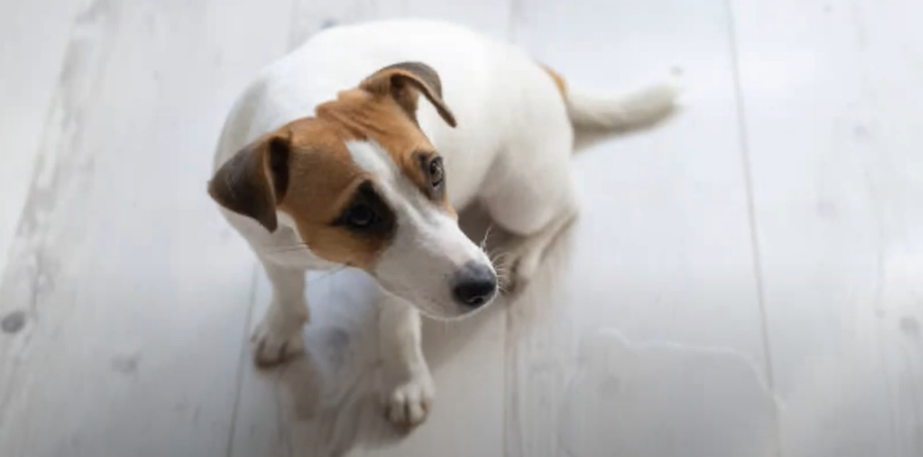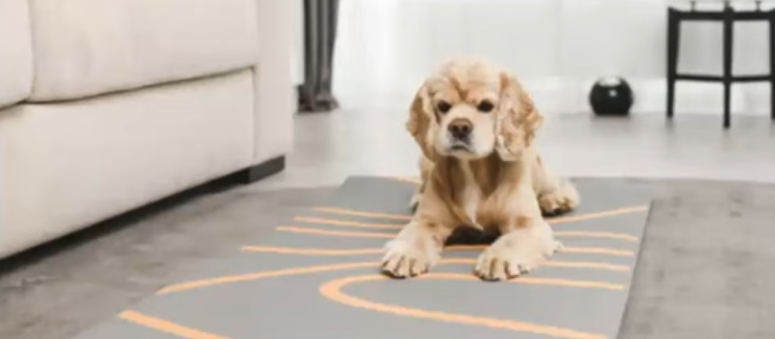Welcome to the AskVet Webinar Series where our doctors and veterinary professionals present relevant information and discuss important pet topics. Join our live streams to learn how you, your dogs, and your cats can live your best lives!
Dental disease affects a majority of cats and dogs and is the most common course of chronic pain for our pets. Catching dental issues before they become advanced or painful is the goal of this discussion with Dr. Marks. Dental disease typically has an early onset with more than 80% of dogs and greater than 50% of cats over the age of 3 affected! Untreated dental disease can also cause problems in the body making early detection so important. For those pets afflicted by untreated dental disease, the bacteria under the gums circulates in the bloodstream and can affect the heart, liver, and kidneys. Watch below to learn more about dental disease and ways to proactively look for signs and symptoms.
Lesser known signs of dental disease
- Discolored teeth (This can be caused by plaque and tartar.)
- Red gums
- Broken teeth
- Bleeding from the mouth
- Bad breath! #1 indicator (The bad breath is caused by a gaseous waste product of bacteria in the mouth.)
3 subtle signs of dental disease in dogs to not ignore
- Swelling under eye
This is caused by a tooth root abscess of the 4th premolar on the upper jaw, otherwise known as the carnassial tooth. It is the largest chewing tooth. This condition is painful and requires oral surgery such as a root canal or tooth extraction, antibiotics and pain meds. - Drooling
This indicates pain. Also nasal discharge can occur if there is an oronasal fistula, or a hole from the canine tooth to the nostril. - Dropping food
If dropping food is out of character for your pet, you notice chewing on one side only, or your pet is eating slowly when normally they eat fast, then a dental problem needs to be considered.
3 subtle signs of dental disease in cats to not ignore
Cats are by nature very stoic. They do not show signs of pain as this makes them vulnerable to predators, so it is important to carefully observe your cat for subtle signs of dental disease.
- Red dots
These are resorptive lesions typically found on the crown of the tooth, They are hard to see, but indicate disease under the gum. This is usually a genetic issue where the immune system attacks tooth roots and erodes and dissolves tooth’s blood supply causing the tooth to fracture. Extraction of the affected tooth is the treatment of choice. - Pawing at mouth,
Cats will normally paw or rub their faces during normal grooming, but if this behavior becomes more aggressive and less gentle, then they may be experiencing oral pain. - Appetite change
Most cats have predictable eating behavior. If normal eating behavior changes, if not dental disease causing the problem, it is something else that needs to be investigated.
Best ways to to prevent dental disease
- Although brushing is best, it is not always possible in reality. Toothbrushing is dependent upon the pet’s temperament, their training, and your ability to commit time to their dental care.
- Try to pair your pet’s toothbrushing session with a bedtime routine.
- Use finger or baby toothbrushes.
- Daily dental care is the key. Do something every day whether it be dental wipes, chews, oral rinses, or prescription food. It makes you flip the lip to look at your pet’s dental health to hopefully catch abnormalities sooner rather than later
- Go to the Veterinary Oral Health Council to learn more. They also list many approved OTC dental options for your pets.
At AskVet, we know that every pet has its own personality and unique set of needs, which will continually evolve over time. We’re here to help you evolve with them. We use 360° Wellness Plans to help guide you through every stage of your pet’s life—and we’re with you every step of the way.
Join AskVet Today






